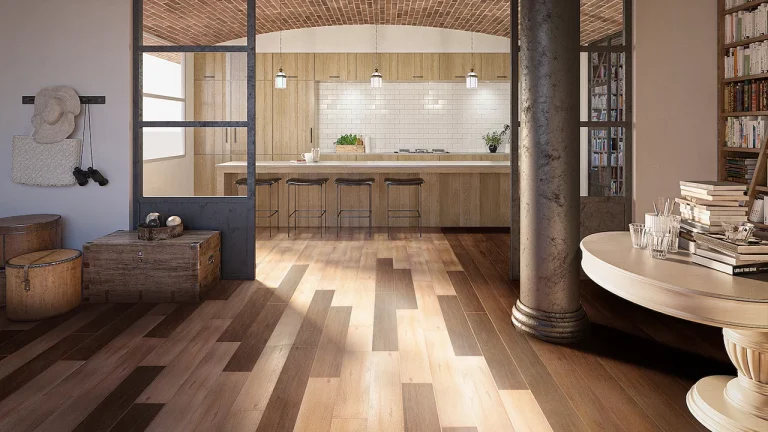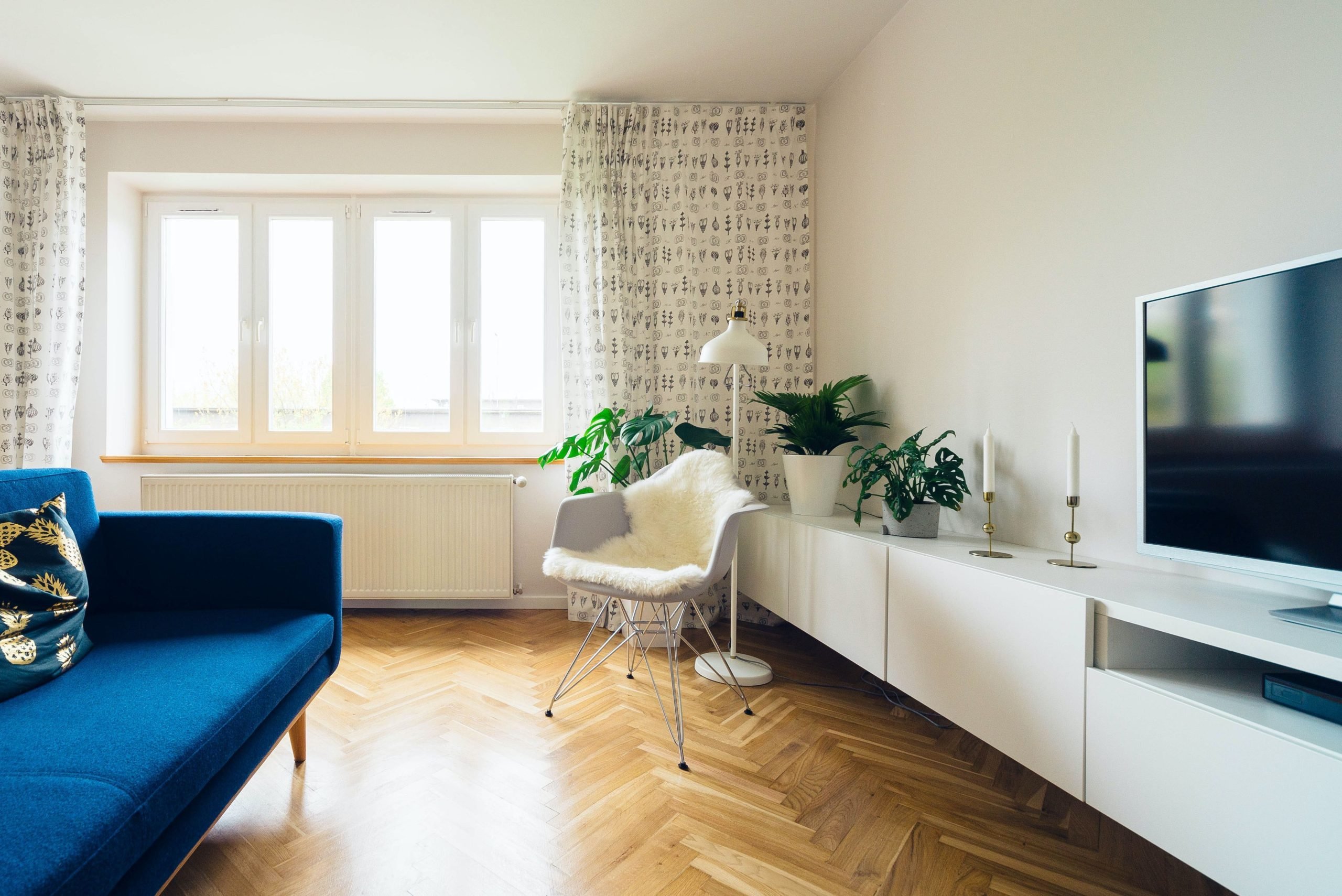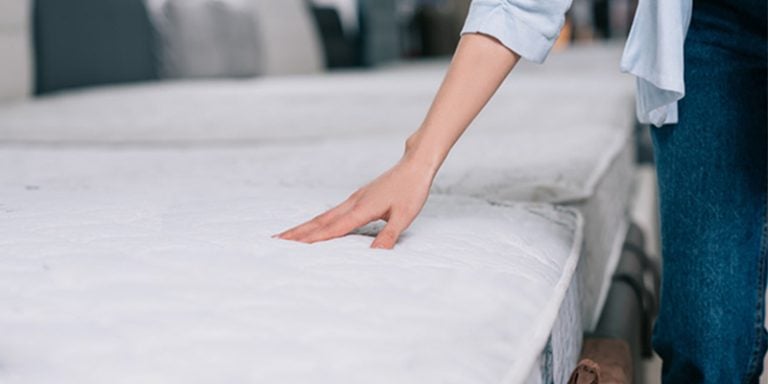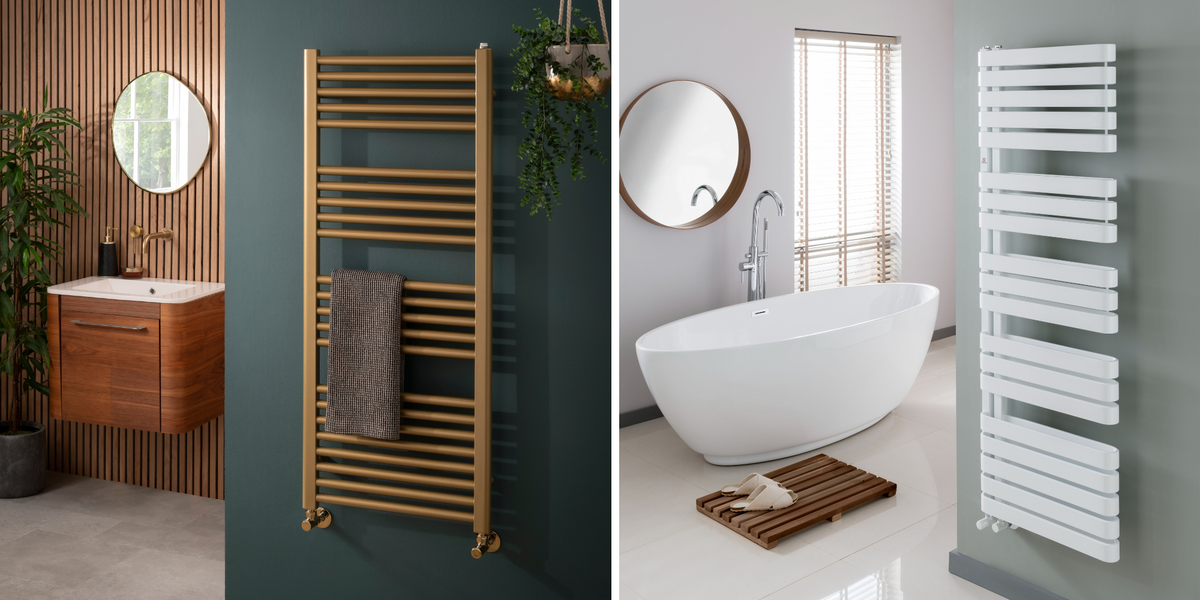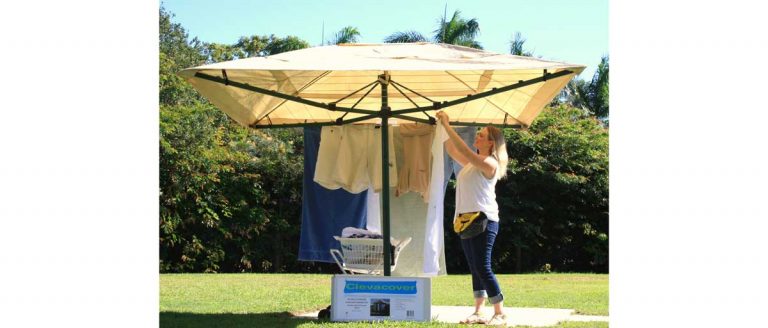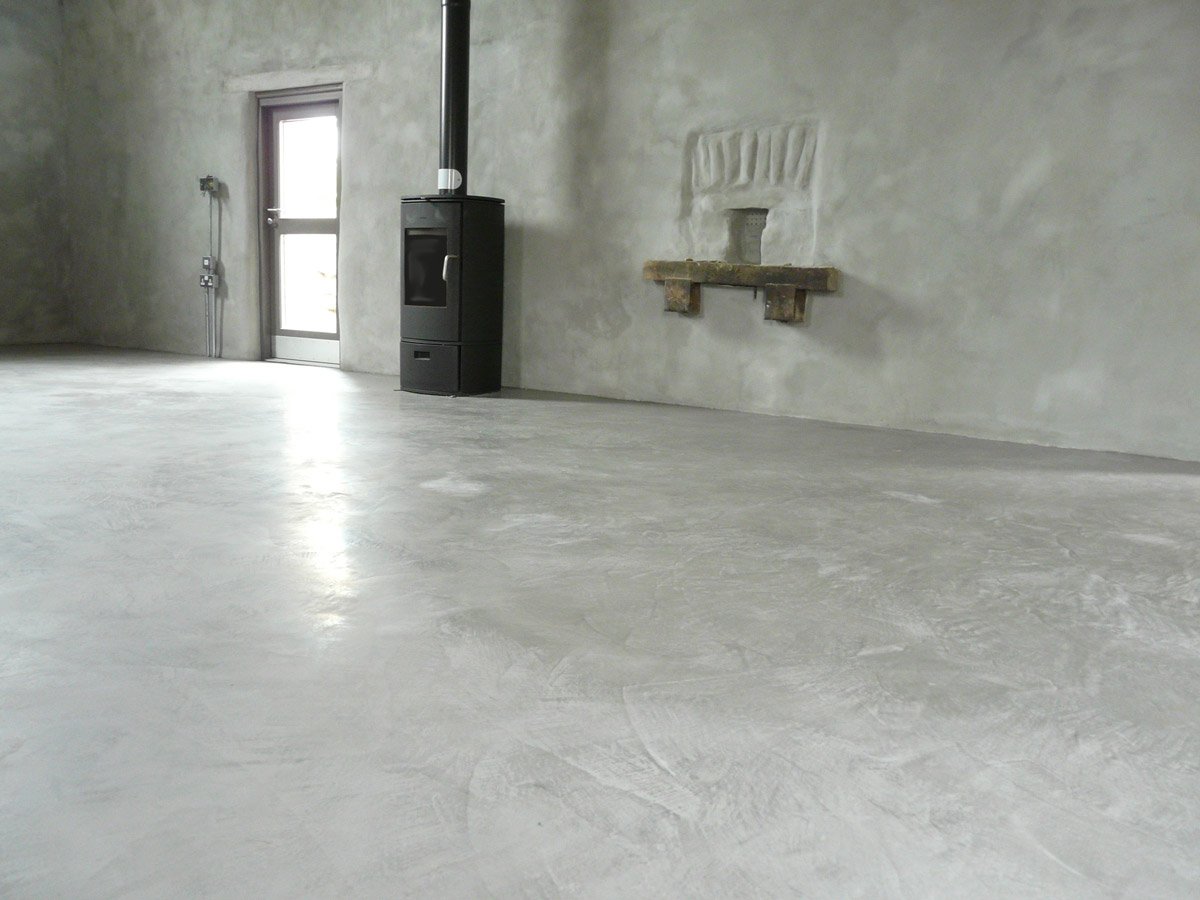How to Maximise Space in a Small Bathroom
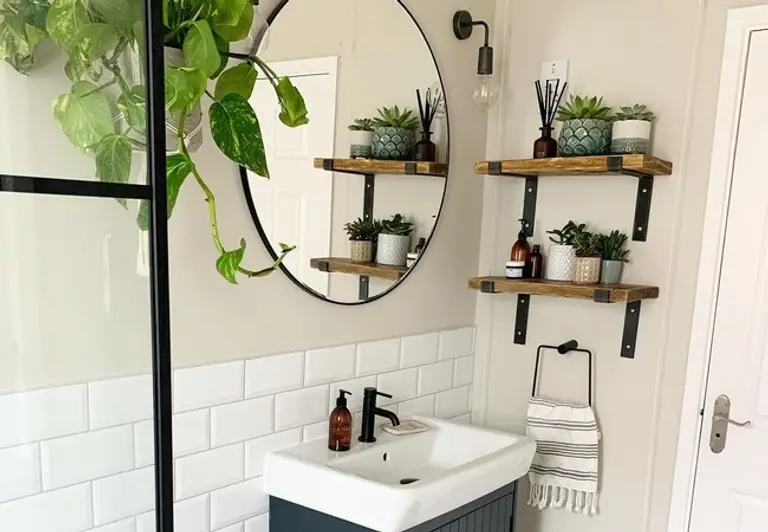
Table of Contents
In many homes, the bathroom is among the smaller rooms – especially in the statistically so very small houses in good old England. This makes sense – after all, it’s the room that we’re likely to spend the least amount of time in, and so it’s sacrificed at the expense of more living space.
In some cases, this can result in an extremely cosy bathroom space. Which shouldn’t mean however, that we should neglect it. We might be spending little time in it, but we can certainly aim to make it enjoyable still. With that said, there are many tricks you can employ to make the space feel that little bit larger and more welcoming. Let’s take a look at a few of the more effective ones.
Look for the big gains
If your main features are too large for the space in question, then the room is going to feel cramped. See if you can swap out your sink for a corner unit, or even a combined sink and cistern. Floating vanity units will help to open up floor space, while corner bathtubs and freestanding power showers might replace your more traditional tub. Freestanding tubs, of course, tend to work only in the largest of bathroom spaces.
Consider using sliding doors
Sliding doors have the advantage of not swinging outwards, which can be a particular boon in a small space. Shower enclosures come in many different forms, and looking for the ones that suit your bathroom can help to generate space, and eliminate stress and hassle.
Use vertical space
The more open shelving and wall-mounted cabinets you can introduce, the better. This goes especially for the space above your toilet which can often be overlooked. You can use mirrors to create the illusion of a larger space, and to distribute natural light into every corner.
You might equally use the space behind your door to store hanging items. The more you can invest in clutter-reducing measures, the more spacious and open your bathroom will ultimately feel.
Favour brighter colours
It’s a tried-and-true adage that bright, light colours will help to make a room feel spacious, while darker ones will do the opposite. This effect is particularly pronounced if you’re decorating a very small space. As such, blacks and dark greys tend to be risky.
It extends not just to wall paints, but to wallpaper and tiling, too. If you are considering getting the space tiled, moreover, you might first ask your tiler whether they need to modify the walls. If they’re thinking of overboarding, then it might be a good idea to consider your options, as this will reduce the size of the room, if only slightly.

